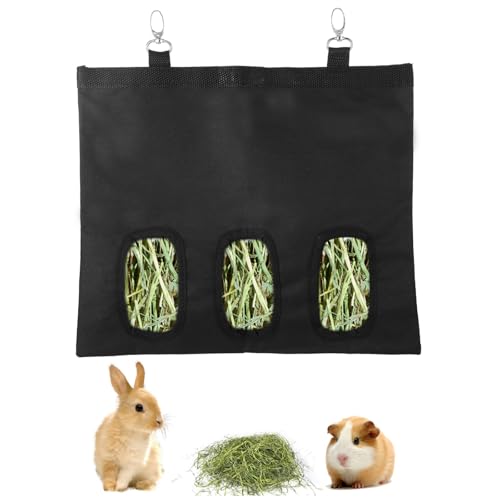kusanar314
Well-known member
Lol, Opossum is a totally different critter than a Possum.Indeed! Possums are like the devil here. Major introduced pest. I have a backyard trap that's very productive when I remember to set it. I should probably collect the fiber before I bury them. It's probably on par with Angora.
That's useful info on the breed name, thanks!
The Possums you have are cute cuddly things with soft fur that came from Australia.
Our Opossum from North America is our only marsupial but they are... kind of similar to a lizard rather than a normal mammal? Like a course coated rat with an iguana head? Basically Australia got our marsupial and we got theirs...
























